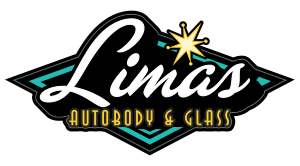
Advanced Driver Assistance Systems Calibration
Advanced Driver(s) Assistance Systems (ADAS) in vehicles is becoming increasingly popular. These systems rely upon cameras, lasers, and radar – often with the camera mounting to the windshield. Any time a new windshield is installed, the camera must be calibrated to ensure proper functionality and to restore the camera to OEM specifications. Failure to do so can result in these safety systems malfunctioning or not working at all. By 2020, more than 44% of new auto glass production will include ADAS features. Our trained technicians at VI Glass know exactly which vehicles require a re-calibration and will ensure all of your safety systems are functioning properly.
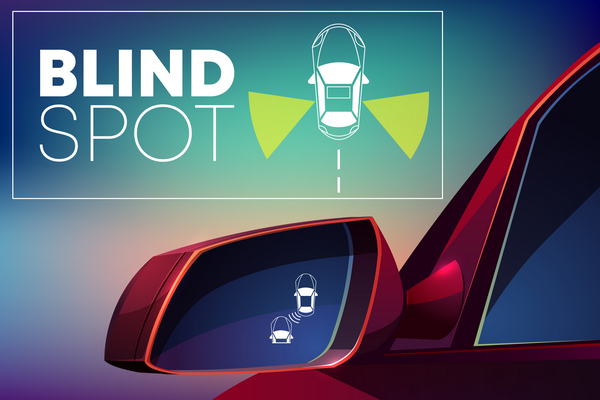
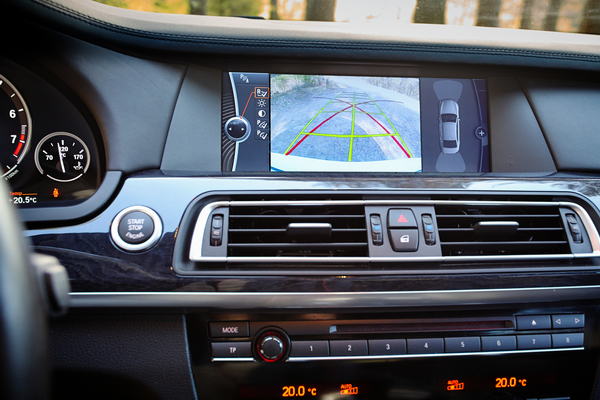
Advanced Driver(s) Assistance Systems include:
- Forward Collision Alert
- Adaptive Cruise Control
- Lane Keep Assist
- Pedestrian Detection
- Traffic Sign Recognition
- Lane Departure Warning System
- Collision Mitigation Braking
- Blind Spot Monitoring
- Driver Status Monitoring
Ready to book your ADAS Calibration at Limas Autobody & Glass?
Types of ADAS Calibration
The suite of sensors installed on a vehicle (camera, ultrasonic, radar and steering sensors) all work together for a complete assessment of vehicle location and direction of travel. ADAS sensors require calibration if their positions are changed.
Forward Facing Camera
Many new vehicles are equipped with forward-facing cameras. These cameras are used for target acquisition for adaptive cruise control, automatic emergency braking, lane departure warning and lane keep assist.
Static Calibration
Static calibration is performed in shop using factory approved and designed targets or patterns to confirm and adjust where and what the camera sees and transmits back to the vehicle computer.
Dynamic Calibration
Dynamic calibration is the typical method for domestic cars and trucks. Dynamic calibrations are initiated with an OBD scan tool, or aftermarket scanner followed by driving the vehicle on relatively straight roads with clear lane markings at specified speeds and distances until the scan tool indicate calibration is completed successfully.
Universal Calibration
There are several vehicles which require Universal calibrations. This is typically completed by first aligning the camera in shop via static calibration and then proceeding to drive the vehicle to acquire a successful dynamic calibration.
Absolutely outstanding service, got my car in the shop in a few weeks and had all the repairs done in less than a week. Absolutely phenomenal service. Best shop in town.
MK – Google Reviews
For Your Convenience
Open 8:30 – 5:00 Monday to Friday
Centrally-located:
453 Beta Street, Victoria
